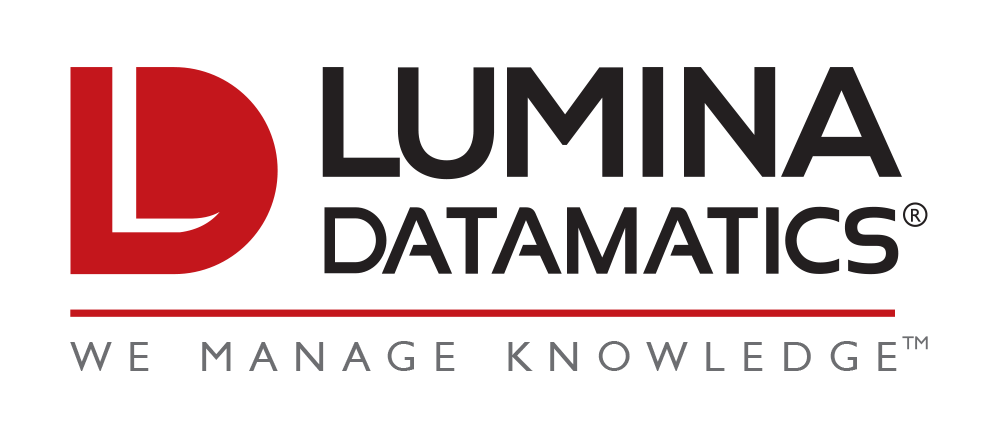Standardized learning has always had a one-size-fits-all approach, but this does not necessarily work for every student. With the aid of technology, teaching and learning methodologies have to adapt with the times and become more involved with the way students grow in the classroom. The more students learn about adaptive learning, the more likely it will be the standard of the future. Student engagement has always been the main target of most teachers, and they are looking for new ways to improve retention rates, measure student learning, and achieve overall better results.
Adaptive learning is making inroads with students all across the world. Let’s take the field of higher education. In the fall of 2015, bolstered by a 4.6 million dollar grant from the Bill & Melinda Gates Foundation, the Association of Public and Land-grant Universities (APLU) offered a competitive grant opportunity for its 237 member universities that want to advance personalized learning, use technology for proactive advising, and accelerate degree completion rates. Some of the universities that have benefited from this program are Arizona State University, Colorado State University, Georgia State University, Northern Arizona University, Oregon State University, Portland State University, and the University of Mississippi. Intelligent adaptive learning systems make it possible to collect evidence of student thinking and learning in ways that are impossible with paper and pencil. Still not convinced? Data are driving today’s personalized learning initiatives in K–12. These adaptive learning initiatives, which use data sets and complex algorithms to tune instructive content finely, have become so popular that school districts in the United States report spending around $41 million on them in the past two years. Any good investor will tell you that the investment return seems to be paying dividends and should be worth looking into. Assessment and learning, coupled with analytics, are a boon to schools and help students scale greater heights going forward.
One of the more critical aspects of adaptive learning technology is understanding the student’s capacity better and altering the lesson plan accordingly. This makes the assessments less intrusive and helps teachers better evaluate how students solve problems, rather than just the final product of their work. This brings up the notion of collaboration between teachers and students. Students will be able to progress through learning materials down more personalized and relevant pathways, increasing their engagement with the tasks before them, and ultimately realizing improved outcomes with the aid of student performance analytics.
More and more publishing services providers, content creators, and educators are investing in creating a smart adaptive test to provide better insights with artificial intelligence. They can search, select, administer, and score test questions based on a student’s multiple skills and abilities. The testing process is shorter, scores are more accurate, and decisions are more efficient than ever before. With these next-gen learning platforms, they can reduce the cost of item development and create a vast pool of psychometrically valid questions that will improve student performance.
The human role of education will not diminish. Adaptive learning will only gain in abundance and not replace teachers. Instead, they will complement them by fostering more personalized collaboration among students and instructors by new tools and new data that promise to bring the power of learning to more students more effectively than ever before.
Sources:
- https://www.knewton.com/resources/blog/adaptive-learning/flipped-tipped-traditional-adaptive-tools-can-support-blended-learning-model/
- https://www.td.org/insights/5-learning-tech-trends-to-watch-in-the-next-5-years
- https://techcrunch.com/2015/11/28/how-education-will-be-smarter-less-intrusive-and-able-to-respond-to-how-you-feel/
- https://er.educause.edu/articles/2016/3/adaptive-learning-platforms-creating-a-path-for-success
- https://edtechmagazine.com/k12/article/2017/09/your-adaptive-learning-tool-safe
- Image Credit: Freepik/Pexels





0 Comments